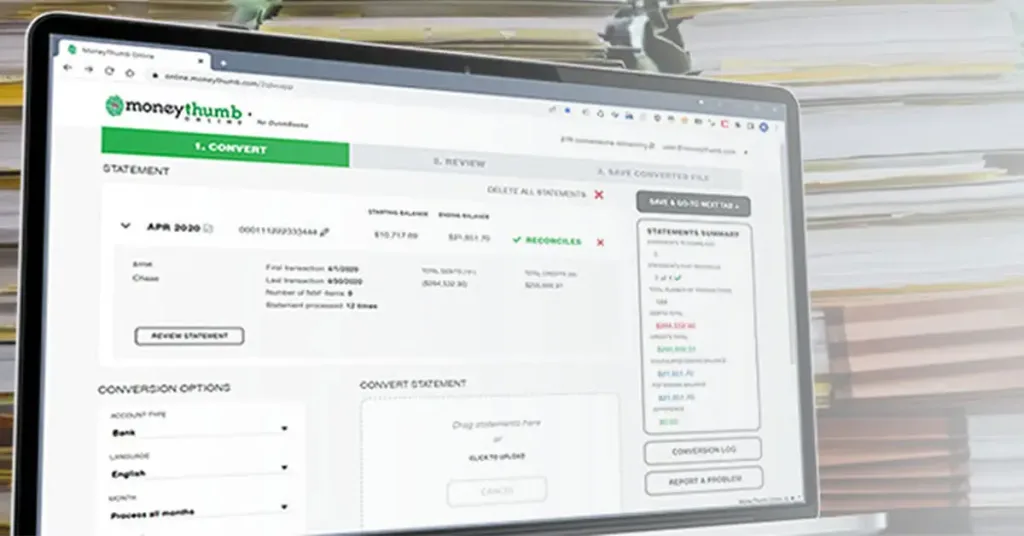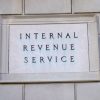At the end of 2021, the United States is still recovering from the COVID-19 pandemic and tax professionals are dealing with the multiple changes in the tax rules designed to help the country cope with the resulting economic impact. These rules should be considered in year-end tax planning, along with other changes in the law and existing provisions that impact end-of-year planning.
To assist you in developing year-end tax planning strategies for your accounting clients, Checkpoint’s tax experts have analyzed current tax rules to identify the unique opportunities and challenges facing taxpayers in the current year. This free downloadable Special Report from Thomas Reuters discusses the year-end issues faced by individuals, as well as businesses and business owners, and provides sample checklists and client letters.
Year-End Tax Planning for Small Businesses
For small businesses getting ready to prepare their income tax return for 2020 at the end of the year, things can be quite different due to tax laws affected by Covid-19. However, some tax rules are tried and true no matter the circumstances. Below the Rules of Thumb blog from MoneyThumb has included some fast rules and any changes that may apply to your business for tax planning for small businesses for taxes at the end of 2020. Thanks to Withum.com for help with this information.
Limits on Deduction of Business Interest
Every business, regardless of its form, is generally subject to a disallowance of a deduction for net interest expense in excess of 30% of the business’s adjusted taxable income (ATI). The net interest expense disallowance is determined at the tax filer level; however, a special rule applies to pass-through entities, which requires the determination to be made at the entity level, for example, at the partnership level instead of at the partner level.
- For 2021, ATI generally is computed without regard to deductions allowable for depreciation, amortization, or depletion.
- Exemptions from Limits on Deduction of Business Interest:
- An election to be excepted from these rules applies for taxpayers (other than tax shelters) with average annual gross receipts for the three-tax year period ending with the prior tax year that does not exceed $26 million.
- Real property trades or businesses can elect out of the provision, but they must use ADS to depreciate applicable real property used in a trade or business instead of bonus depreciation.
- An exception from the limitation on the business interest deductions is also provided for floor plan financing (i.e., financing for the acquisition of motor vehicles, boats, or farm machinery for sale or lease and secured by such inventory).
- Exemptions from Limits on Deduction of Business Interest:
- Expansion of small businesses that are able to use the cash (as opposed to accrual) method of tax accounting. To qualify as a small business, a taxpayer must, among other things, satisfy a gross receipts test (during a three-year testing period, average annual gross receipts cannot exceed $26 million). Cash method taxpayers may find it a lot easier to shift income, e.g., by deferring billings until next year by accelerating expenses, e.g., paying bills early.
NOTE: If a taxpayer can meet the small business gross receipts test, there may be certain benefits in using the below methods of accounting.
- UNICAP – not required to capitalize additional costs to inventory
- Allow inventory to be treated as non-incidental materials and supplies, or any method that represents financial accounting treatment of inventory
- Percentage-of-Completion Method is not required for long-term construction contracts
- Consider making expenditures that qualify for the liberalized business property expensing option.
- For 2021, the expensing limit is $1,050,000, and the phase-out starts at $2,620,000. This means there is a dollar-for-dollar reduction in the expensing limit after spending exceeds $2,620,000, and the entire deduction would disappear when spending reaches $3,670,000. Bonus depreciation generally can still be taken after the spending cap is reached.
- Expensing is generally available for most depreciable property (other than buildings), off-the-shelf computer software, and business-use vehicles (though restrictions apply).
- Expensing is also available for “qualified improvement property” (generally, any interior improvement to a building’s interior, but not for enlargement of a building, elevators or escalators, or the internal structural framework), as well as roofs, HVAC, fire protection, alarm, and security systems.
- The expensing deduction is not prorated for the time that the asset is in service during the year. Thus, property acquired and placed in service during the last days of 2021, rather than the beginning of 2021, can result in a full expensing deduction for 2021.
- 100% Bonus First-Year Depreciation – Businesses are permitted a deduction for machinery and equipment bought new or used (with some exceptions) if such purchases are placed in service this year. The 100% write-off is permitted without any proration based on the length of time an asset is in service during the tax year. As a result, the 100% bonus first-year write-off is available even if qualifying assets are in service for only a few days in 2021.
- De Minimis Safe Harbor Election – Also known as the book-tax conformity election, this election is an administrative convenience that allows businesses to deduct small-dollar (i.e., up to $2,500 or $5,000 per invoice) expenditures for the acquisition or production of property that otherwise would have to be capitalized, other than amounts paid for inventory or land.
- Cost Segregation Benefits – Cost segregation studies allocate building costs to the tangible personal property so that depreciation deductions can be taken sooner rather than later. A building generally is non-residential real property (39-year property) or residential real property (27.5-year property) eligible for straight-line depreciation. Equipment, furniture, and fixtures are tangible personal property that is generally depreciated over 5 or 7 years and is eligible for accelerated depreciation (e.g., double declining balance, bonus depreciation, and §179 expensing). By segregating the costs between the building and the tangible personal property, the costs allocable to the tangible personal property can be written off sooner than the costs allocable to the building.
- Income Acceleration – Certain corporations (other than large corporations) that anticipate a small net operating loss (NOL) for 2021 and substantial net income in 2022 may find it worthwhile to accelerate just enough of its 2022 income (or to defer just enough of its 2021 deductions) to create a small amount of net income for 2021. This will permit the corporation to base its 2022 estimated income tax installments on the relatively small amount of income shown on its 2021 return, rather than having to pay estimated taxes based on 100% of its much larger 2022 taxable income.
- To reduce 2021 taxable income, consider deferring a debt-cancellation event until 2022.
- To reduce 2021 taxable income, consider disposing of a passive activity in 2021 if doing so will allow you to deduct suspended passive activity losses.
- Employee Retention Tax Credit – Employers who experienced a 20% or greater reduction in gross receipts in any of the first three calendar quarters in 2021 compared to the same calendar quarter in 2019, or who were subject to certain government orders due to COVID-19 may be eligible to claim a credit up to $7,000 per employee per quarter to the first three quarters of 2021.
- ERC Recovery Startup Business -Businesses who started on or after February 15, 2020, can receive an employee retention credit of up to $50,000 for Q3 and Q4 2021 (max credit of $100,000 for 2021). These businesses do not need to show a reduction in gross receipts or have been subject to a government order to qualify.
- Section 1202 Stock – For certain C corporations satisfying an active trade or business requirement, shareholders that hold original issuance stock for more than five years can be eligible to have gained on the sale of such sock excluded from tax to the extent of the greater of $10 million or 10 times the original tax basis.
The MoneyThumb team and the Rules of Thumb blog believe the above covers just about everything your small business accounting clients need to know about year-end tax planning for 2020. We would appreciate it if you could share this blog post so that your peers can benefit from the information included here.





















Add comment